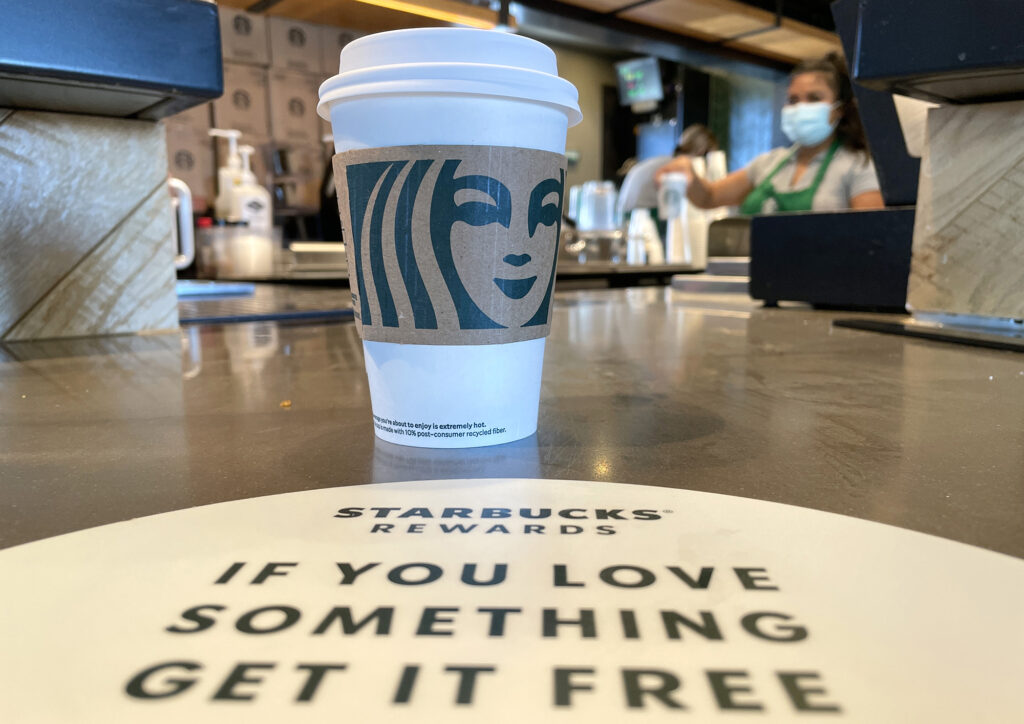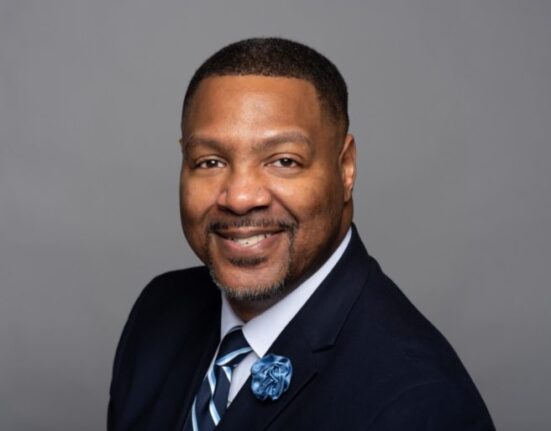
(CNN) — During his first earnings call as the new Starbucks CEO, Laxman Narasimhan praised the company for its financial performance. He outlined how he thinks stores can better meet demand. He didn’t mention the unionizaton drive sweeping through stores, however.
“Our performance is strong, but our health could be stronger,” he said during a Tuesday analyst call.
In the quarter ending on April 2, sales at company-operated Starbucks stores open at least 13 months jumped 11% globally, including a 12% increase in North America.
In China, where Starbucks has been hampered in part by Covid restrictions, sales at stores open at least 13 months jumped 3% — a better result than the company expected.
But despite the positive results, Starbucks reiterated its original outlook for the year, and CFO Rachel Ruggeri warned that its annual earnings per share growth in the current quarter would “be meaningfully lower than our fiscal year guidance range of 15% to 20%.” Starbucks shares fell about 5% after the bell.
Narasimhan sees room for improvement in the business.
“There is more work to do to tailor our stores on the demand that we see, advance our technology, enhance how we innovate our equipment and also more fundamentally, how we get back to focusing on fundamental operations and executing better,” Narasimhan said during the call.
/
Specifically, “food could use more work,” he said. “Our innovation could be more purposeful and targeted.” Plus, there are too many out-of-stock items and there are ways to make behind-the-scenes operations more efficient.
“We need to think of our business as having theaters to the front, with a factory in the back,” he said.
Before officially becoming CEO in March, Narasimhan spent about six months shadowing former interim CEO Howard Schultz in an incoming CEO capacity. While still in charge, Schultz laid out a reinvention plan for the company. Narasimhan is leaning into that plan, while offering his own take on improvements.
“We fully acknowledge the need to evolve and modernize our brand, our business, our capabilities and our culture to meet the needs of an ever-changing world,” he said. “We are, therefore, re-founding the company. And as part of that, we are getting back to its basics.”
Like CEOs before him, Narasimhan is focused on Starbucks as a place where people make connections.
Narasimhan also said that Oleato, the olive oil coffee platform launched under Schultz in February which has reportedly caused stomach problems for some drinkers, has been “highly successful” so far. Oleato is now available in 650 stores in Italy, Japan and the United States, he said, adding that the company plans to bring Oleato to more locations this year.

No mention of the union
In addition to Oleato, Narasimhan inherited a tense situation: A unionization effort unfolding at Starbucks stores across the country despite the company’s aggressive efforts to stem the flow.
Since December 2021, about 300 Starbucks stores have voted to unionize and been certified by the NLRB. It’s a relatively small number compared to the roughly 9,300 company-operated Starbucks stores in the United States.
But Starbucks is putting up a vicious fight. NLRB administrative law judge Michael Rosas recently said that Starbucks had displayed “egregious and widespread misconduct” in its dealings with employees involved in efforts to unionize Buffalo, New York, stores, including the first location to unionize. Starbucks said in a statement at the time of Rosas’ order that it is “considering all options to obtain further legal review,” adding that “we believe the decision and the remedies ordered are inappropriate given the record in this matter.”
Starbucks’ investors have voted in favor of an independent review of the company’s aggressive anti-union efforts.
Schultz left the interim CEO post just before testifying in a Senate hearing about Starbucks’ labor practices. When Narasimhan became the new chief executive, Starbucks Workers United expressed hope that he would be more open to negotiations.
But during the call, Narasimhan didin’t mention the subject explicitly, though he did talk about the importance of employee satisfaction, mentioning increasing hours as making for a better working environment.
When an analyst asked about the company’s staffing, also not mentioning the union outright, Narasimhan said that “Starbucks continues to be a brand with a very strong employee value proposition, and we are able to attract a lot of applicants for the jobs that we have open.” He added that “we are seeing lower levels of attrition and greater stabilization in our retail talent.”






